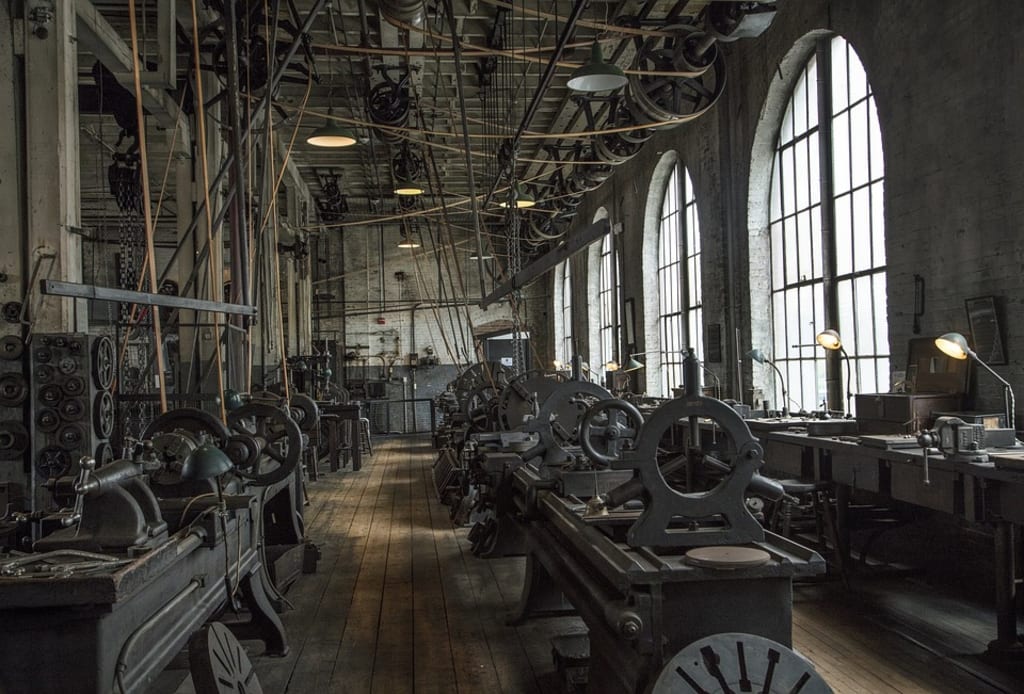Ideas to Save Money on Product Prototypes
Prototypes are essential to seek grants or investment, but it doesn't always have to be expensive.

While you’ve probably seen some extravagant prototypes made with top-notch materials, it’s not always needed. A prototype isn’t necessarily about making a working pre-release product, but rather a tool used to explain its concept. Especially for new inventors with few resources, you have to be quite pragmatic when constructing prototypes.
Creating prototypes can be done at various stages of the invention process, and can even serve to request funding proposals during the funding stage of your company. It doesn’t have to be anything extravagant, but how much you put into it your prerogative.
In this article, I’ll give you a few cheap ideas to create prototypes, some of which may be with recycled materials from your garage.
Finding Recyclable Materials
First of all, you need to rethink how you find materials in order to be dynamic. Since your invention prototype can be like a work of art, you need to find the beauty in things like old coffee cans, newspapers, or broken electronics.
A few ideas to find cheap or free items include:
• Cleaning out your garage
• Asking at for donated materials at school
• Shopping at thrift stores
• Asking for old containers at your grocery store
• Government surplus auctions
PVC Pipes
Polyvinyl chloride (PVC) is honestly one of the best inventions to come out of the past century, and it’s mass-produced worldwide. Not only are they durable and relatively lightweight, but it’s also easy to work with for even untrained hands.
These pipes come in a variety of sizes and fittings, so there are endless ways to construct something that resembles your vision. Using a heated blade, it’s quite easy to cut through them if you need to make pieces that are much smaller than what you bought at the hardware store.
While PVC tends to fit together snugly, you can use adhesive to make a more permanent fixture once it fits your image. Using aluminum corners is also recommended for reinforcing more elaborate structures.
Cardboard
With delivery packages being saturated nowadays, you will likely find a ton of them in your own home, or while diving for materials. While it is not recommended for a final product, cardboard is quite dynamic and still strong enough to create square objects for your prototype.
Using multiple layers of cardboard could work for reinforcing the strength of your prototype, but ultimately it should be just for visual presentations. It can also be used to make presentation boards, like when you need to make presentations for invention companies or possible investors.
LEGO or toy building blocks
LEGO had gone from a simple children’s toy to a hobby that even adults enjoy. The blocks are quite simple, but since there is always room for expansion, you can create just about any 3D object with a bit of creativity & perseverance.
Now, basic LEGO kits can give rough ideas for complex objects since there are limitations to sizes and curvature. It is still sufficient to give a macro view of objects that are much larger to scale.
There are much larger blocks that are similar to LEGO that can be used to build varying sized scales of your prototype to give more realistic presentations.
Conclusion
As you can see, just about anyone can create prototypes from scrap material, if they have the will to do so. Once you get to the stage of your invention where you’re creating prototypes, this is where the learning process kicks in and you can tweak it to something more brilliant than you had originally imagined.
A prototype serves as a great presentation tool when you are looking for venture capital, grants, or collaboration requests. When larger organizations come aboard your project, that’s when you can start considering making more elaborate product prototypes.
About the Creator
Jonathan G
Blogger, Internet Marketer, Digital Nomad.






Comments
There are no comments for this story
Be the first to respond and start the conversation.